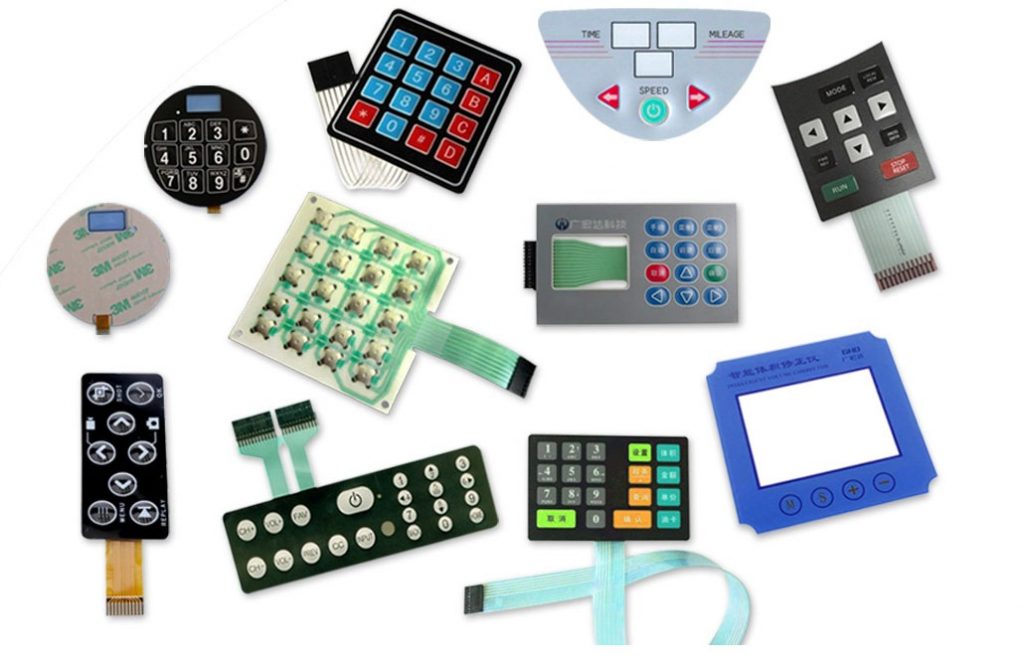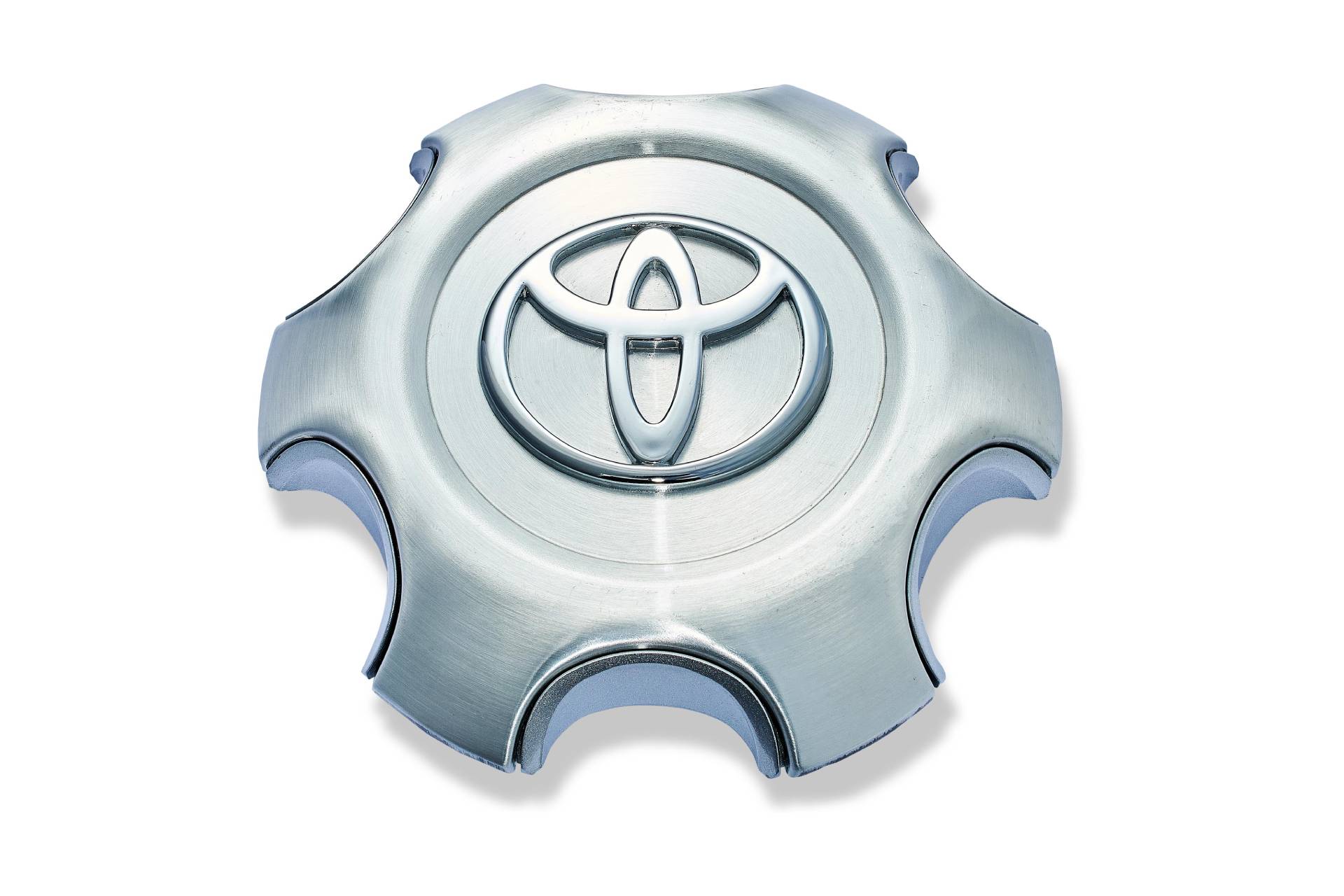Membrane switch safety features for medical environments
The Production Refine Behind Membrane Layer Switch: What You Need to Know
The production process behind membrane layer switches over combines careful layout, material selection, and quality assurance. It starts with recognizing the ins and outs of membrane layer button design and advances with different phases, consisting of material options and printing strategies. Each stage plays an important role in making sure capability and toughness. The complexities of layer construction and the rigorous testing requirements might disclose understandings that are not promptly noticeable. What lies beyond these foundational aspects?
Comprehending Membrane Switch Over Style
Although membrane layer buttons might show up easy initially glimpse, their design involves complex factors to consider that ensure capability and resilience. The layout procedure starts with an extensive understanding of individual needs, consisting of the user interface's desired application and ecological factors. Ergonomics is a crucial element, as the format has to help with convenience of use while making certain that tactile feedback meets user expectations.Moreover, the layering of parts, such as graphic overlays, sticky layers, and conductive traces, have to be precisely engineered. membrane switch. This split configuration not only influences the button's responsiveness yet likewise impacts its long life. Attention is offered to the sealing techniques used to protect against moisture and dust, which might jeopardize performance. Additionally, layout factors to consider include looks, where shade systems and aesthetic clearness improve customer experience. Eventually, the design of membrane changes equilibriums performance, customer experience, and durability, guaranteeing that they satisfy the needs of numerous applications successfully
Materials Used in Membrane Change Manufacturing
When selecting materials for membrane button manufacturing, it is important to contemplate both efficiency and longevity. The key materials consist of polyester and polycarbonate films, which give adaptability and stamina. These movies are commonly coated with adhesive to assure correct bonding to substrates. Conductive inks, normally made up of silver or carbon, are critical for developing electrical links within the switch, permitting trusted operation.Additionally, a protective layer, such as a hard coat, is often applied to boost scratch resistance and long life. The selection of backing material, such as acrylic or foam, can significantly affect the button's responsive feel and overall individual experience. Different ecological aspects, consisting of temperature and moisture, need to lead material selection to assure peak efficiency in certain applications. Ultimately, the best combination of products adds to the membrane button's functionality and life expectancy, making educated choices important for makers.
The Printing Refine: Creating Graphics and Text
The printing process in membrane switch manufacturing plays a significant role in generating high-grade graphics and text. Different visuals layout methods are used to guarantee aesthetic allure and performance, while cautious ink selection techniques are important for longevity and performance. Recognizing these aspects is fundamental for attaining ideal lead to membrane layer button style.
Graphic Style Techniques
Graphic style strategies play an essential duty in the printing process of membrane layer switches, as they specify exactly how graphics and message will eventually show up on the end product. Effective visuals design involves the strategic use shades, fonts, and layouts to improve readability and visual allure. Developers commonly use vector graphics for scalability, guaranteeing that pictures stay sharp at various sizes. In addition, attention to contrast and alignment is important, as it influences individual interaction and aesthetic top quality. The unification of branding components, such as logo designs, need to be taken care of with treatment to maintain brand name stability. Overall, thoughtful graphic layout methods add considerably to the functionality and attractiveness of membrane layer buttons, impacting individual experience and product efficiency.
Ink Option Methods
Picking the suitable ink is important for accomplishing the preferred visual high quality and longevity in membrane switch production. Various ink types are used, including solvent-based, water-based, and UV-curable inks. Each kind uses unique characteristics, such as resistance, attachment, and adaptability to ecological factors. Solvent-based inks are often favored for their sturdiness and dynamic shades, while water-based inks are extra eco-friendly but may have limitations in attachment. UV-curable inks give quick treating and robust performance. Furthermore, shade matching methods assure that the chosen inks align with style specifications. Eventually, the selection of ink need to take into consideration elements such as application approach, substratum compatibility, and end-use needs to accomplish premium cause membrane layer switch graphics and message.
Layer Construction and Assembly

Material Choice Process
A careful option of products is crucial in the production process of membrane layer switches, as it straight affects performance and longevity. The key materials made use of consist of polyester, polycarbonate, and numerous conductive inks. Polyester is commonly favored for its exceptional resistance to chemicals and abrasion, making it appropriate for severe environments. Polycarbonate, on the various other hand, provides remarkable clearness and impact resistance, which is advantageous for applications calling for visibility visit this website and robustness. Conductive inks, commonly composed of silver or carbon, are important for developing trustworthy electrical paths. Additionally, the selection of sticky products impacts the total integrity of the button - membrane switch. Assessing factors such as environmental direct exposure, responsive feedback, and aesthetic requirements overviews suppliers in choosing the most effective products for their certain applications
Layer Bond Techniques
Sticking layers in membrane switch building and construction is a crucial process that assures performance and longevity. Numerous bond techniques are utilized to secure excellent bonding in between layers, which generally consist of using adhesives, warmth, and pressure. Pressure-sensitive adhesives (PSAs) are commonly made use of for their ease of application and prompt bonding capabilities. In addition, thermal bonding methods can be used, where heat is made use of to activate glue residential properties, securing a solid bond. The choice of bond method mainly relies on the materials entailed and the specific application demands of the membrane layer switch. Appropriate alignment and uniform application of adhesives are important to avoid issues, securing the switch runs effectively throughout its designated life-span.
Quality Control Procedures
Assuring quality assurance during the layer building and setting up of membrane switches is crucial for keeping efficiency and integrity. This procedure normally entails several important actions, including extensive examinations at each phase of manufacturing. Manufacturers utilize sophisticated testing techniques, such these details as peel examinations and attachment analyses, to validate the honesty of layer bonds. In addition, visual assessments are performed to recognize any kind of issues in printing or product inconsistencies. Environmental problems, such as temperature level and moisture, are meticulously monitored to assure ideal curing and attachment. Regular calibration of tools aids keep exact manufacturing standards. By implementing these quality assurance actions, makers can considerably minimize the risk of product failing, ensuring that the final membrane layer switches over satisfy the required requirements and client expectations.
Testing and Top Quality Control Procedures

Technologies in Membrane Layer Change Technology
As innovations in innovation continue to advance, membrane layer switches are gaining from ingenious developments that improve their functionality and customer experience. One significant development is the assimilation of capacitive touch innovation, which enables even more intuitive and receptive user interfaces. This change not just enhances aesthetics yet likewise lowers mechanical deterioration, expanding the lifespan of the switches.Additionally, innovations in graphic overlay products have led to enhanced durability and resistance to ecological variables such as moisture and UV light. These products currently provide boosted clarity and brightness, additional boosting the visual appeal.Furthermore, the consolidation of clever technology is transforming membrane layer switches over into interactive control panels, making it possible for connectivity with IoT devices. This connection cultivates a smooth user experience, leading the way for applications in numerous industries, from health care to customer electronic devices. Jointly, these innovations setting membrane changes as essential components in modern gadget style.
Often Asked Inquiries
For how long Does the Membrane Switch Manufacturing Process Take?
The duration of the membrane switch manufacturing procedure can vary considerably. Elements such as complexity, materials utilized, and production volume influence timelines, with common production ranging from a few days to several weeks for completion.
What Are the Common Applications for Membrane Switches?
Membrane layer buttons are generally made use of in numerous sectors, consisting of vehicle controls, family home appliances, medical gadgets, and consumer electronic devices (membrane switch). Their convenience and durability make them ideal for applications requiring straightforward user interfaces and trustworthy efficiency in diverse environments
Can Membrane Layer Switches Over Be Personalized for Particular Needs?

What Is the Life expectancy of a Regular Membrane Change?
The life-span of a regular membrane switch varies, but typically, it ranges from 1 to 5 million cycles. Aspects such as use, setting, and worldly top quality substantially affect resilience and overall performance in time.

Are Membrane Layer Changes Ecologically Friendly?
The ecological kindness of membrane layer changes varies. Some products made use of might not be recyclable, while others can be environment-friendly. The general impact relies on making materials and techniques, requiring careful consideration throughout choice and disposal. The manufacturing procedure behind membrane switches combines mindful style, material option, and high quality control. It begins with recognizing the ins and outs of membrane button style and progresses via different stages, consisting of material selections and printing methods. When selecting products for membrane button production, it is essential to consider both performance and longevity. A cautious selection of products is important in the production process of membrane layer switches, as it straight influences performance and durability. The selection of adhesion technique largely depends on the products involved and the certain application needs of the membrane switch.